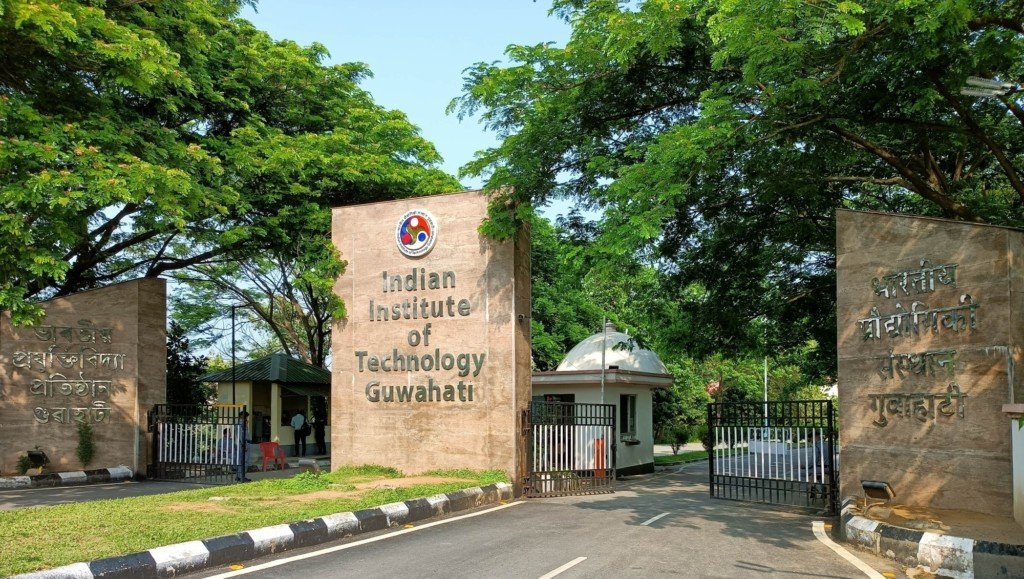GUWAHATI, April 25 (PTI): Liquid marbles using nano clay that can be pre-programmed for controlled drug delivery and cascade chemical reactions have been developed by researchers at Indian Institute of Technology (IIT), Guwahati.
Liquid marbles are soft spherical solids that can be used for multiple applications by replacing the liquid inside them and some examples of liquid marbles can be found in the field of sensor platforms, soft robotics, healing agents, and biosystems.
A cascade reaction is a chemical process that comprises at least two consecutive reactions, of which each subsequent reaction can only start when the previous one is completed.
The researchers at IIT-Guwahati have designed non-sticking, non-wetting liquid marbles that can be rolled, squeezed or even float without spilling when put in a water pool, a press release said on Tuesday.
The team led by Dr Uttam Manna, associate professor, Department of Chemistry and Centre for Nanotechnology, has used the liquid marbles approach for controlled release of drugs and programmed chemical reaction.
Conventional treatment for disease involves tablets, capsules, and the application of ointments while a controlled drug delivery system is a more efficient technique to gradually deliver the required dose at the specific site over a period of time.
Loading and release of drugs in their soluble form is another feature which can be achieved with liquid marbles.
The team of researchers has engineered liquid marbles to have a “time bomb” type release effect and to carry out a spontaneous chemical reaction, the release said.
Dr. Manna said “Release of drugs from a liquid marble in response to a stimulus for instance light, temperature, electricity has been reported earlier. But the time-programmed release was not yet achieved. We have chemically modified the lifetime of a floating liquid marble on a water pool.”
The nano clay marbles were made of a shell of nano clay that holds the liquid.
To programme the marbles for timed release of the content, the researchers modified the nano clay with either water-loving chemical groups (hydrophilic) or water-hating (hydrophobic) ones.
A water droplet was laid on a powder bed consisting of hydrophilic and hydrophobic nano clay powders. The properties and stability of the liquid marbles changed according to the relative amounts of the water-hating and water-loving groups on the nano clay surface.
“The surface modifications on the nano clay changed the time taken for the liquid marble to break and release its contents when put in a pool of water. We were able to control the timing of the release of the content from seconds to hours by changing the nature of the surface groups. This is the time bomb type collapse of LMs,” Dr Manna added.
The details on the formation of the ‘time bomb’ liquid marbles have been published in the journal ‘Advanced Functional Materials’. The paper has been co-authored by Nishanta Barman, Arpita Shome, Saurav Kumar, Priyam Mondal, Karan Jain, Mizuki Tenjimbayashi and Dr Manna.
The project was funded by the Science and Engineering Research Board and Ministry of Electronics and Information Technology and the Department of Biotechnology, the release added.












